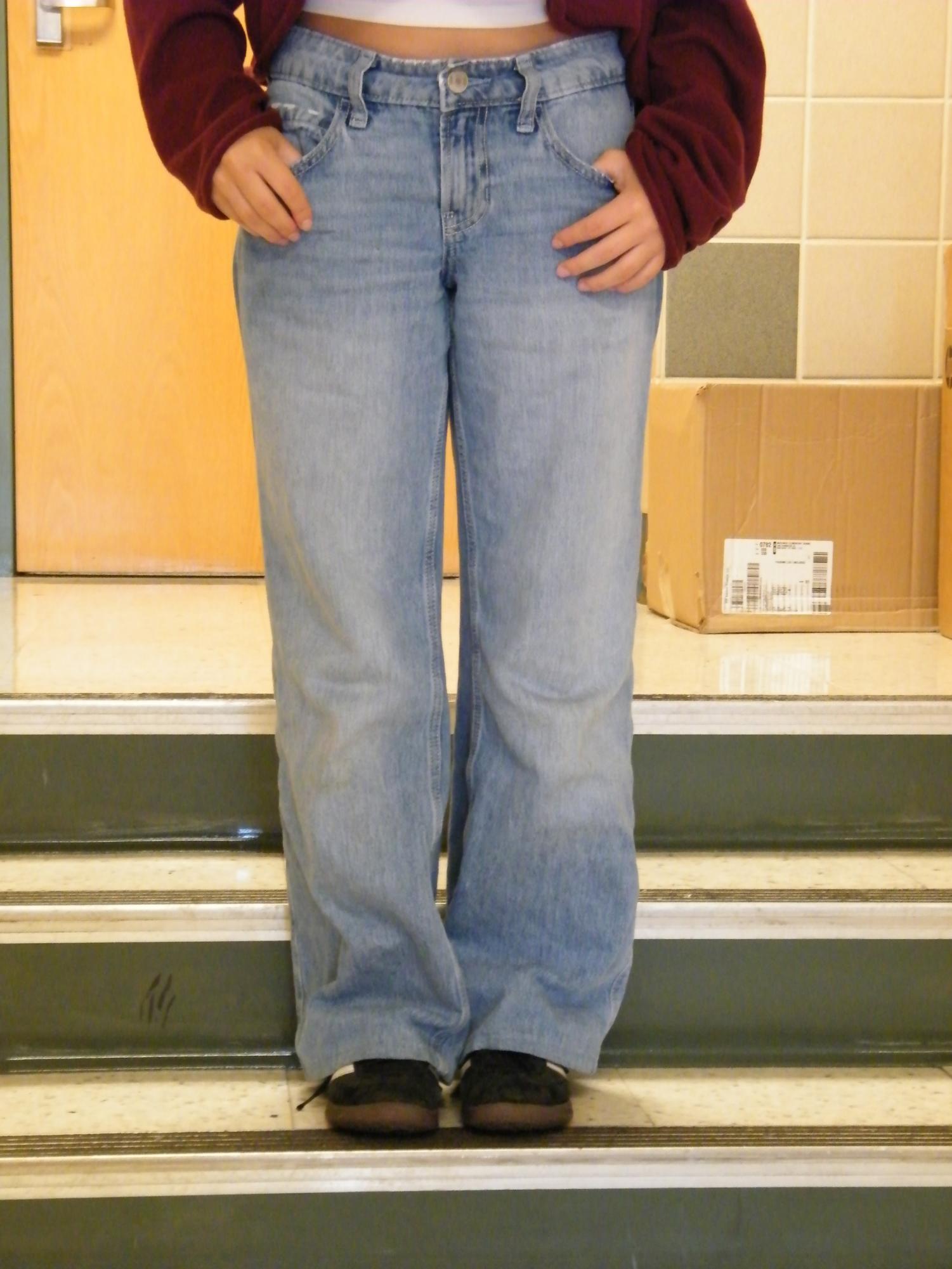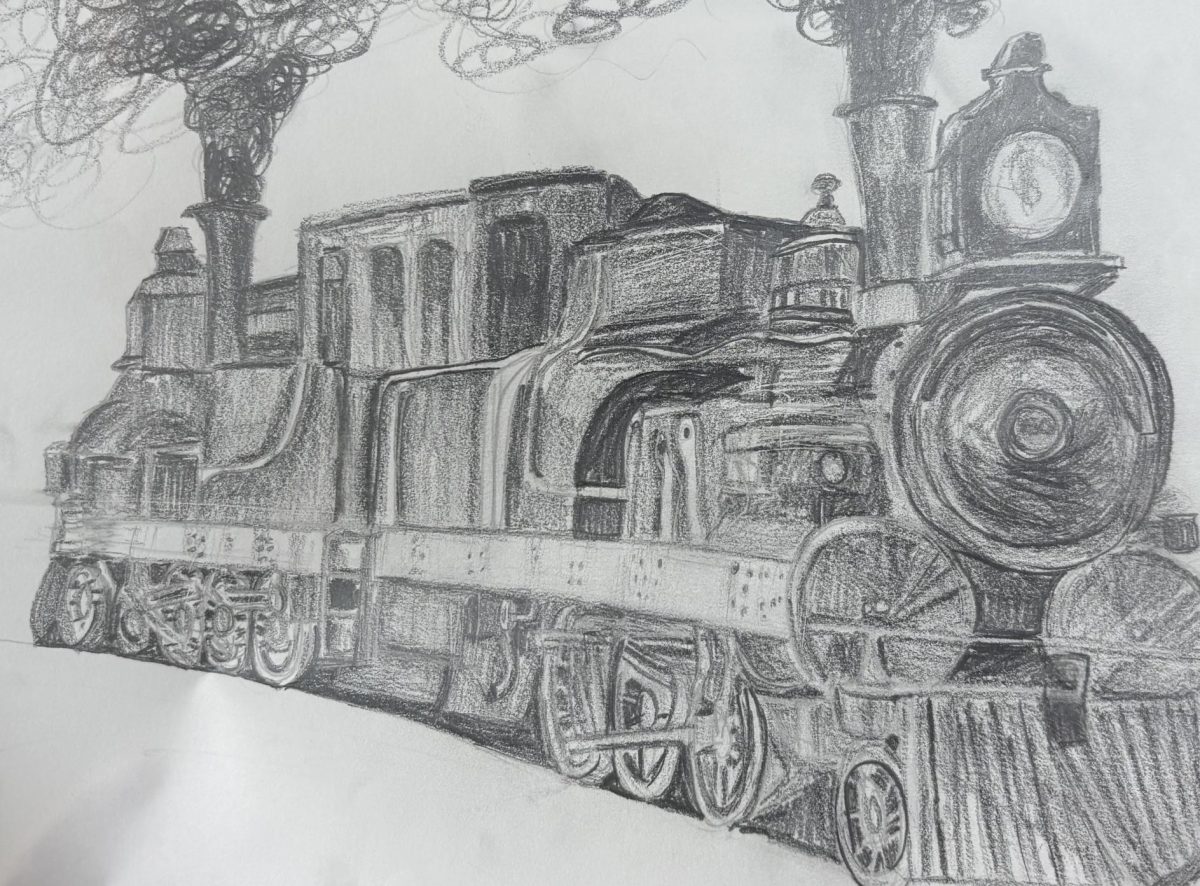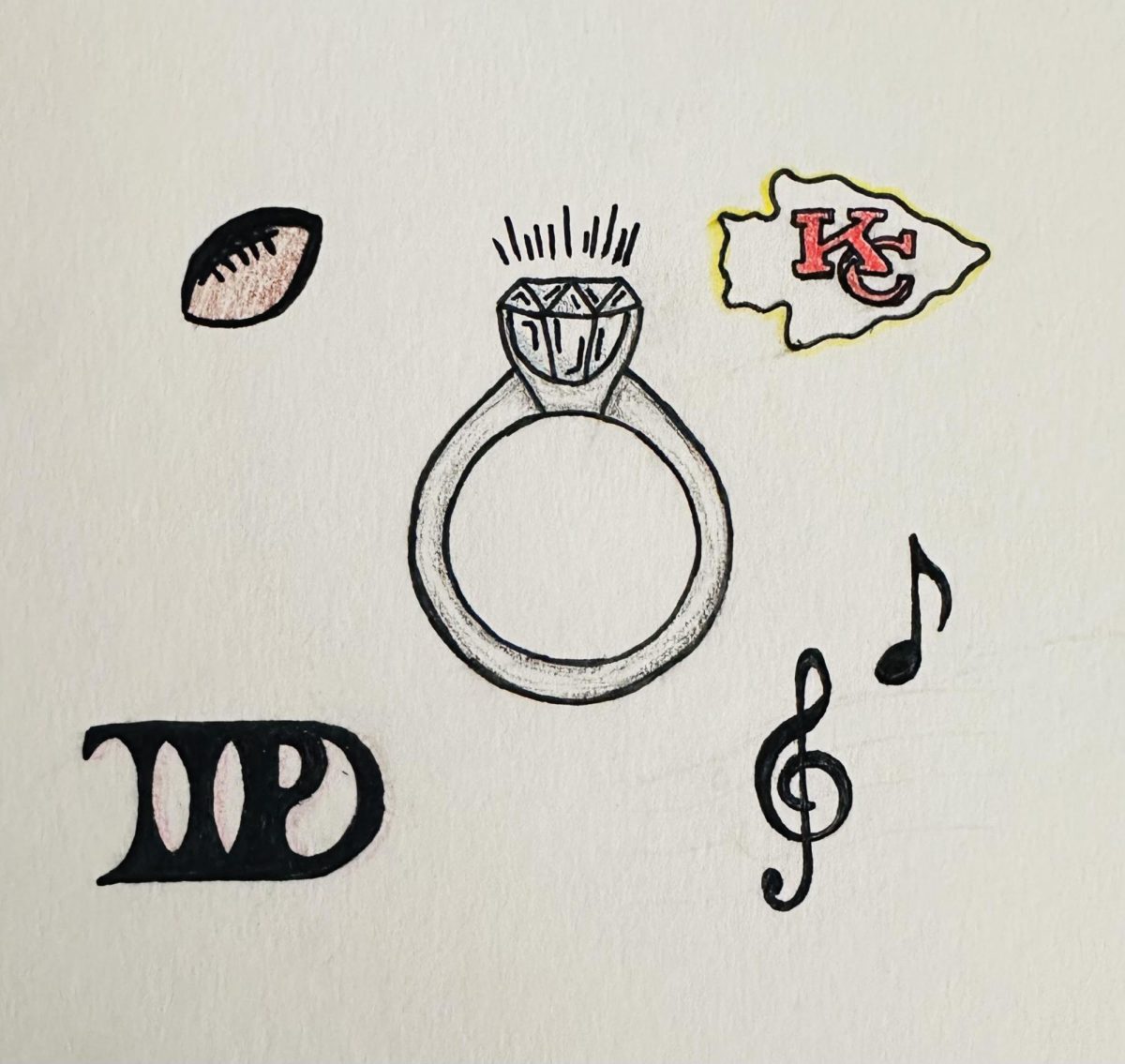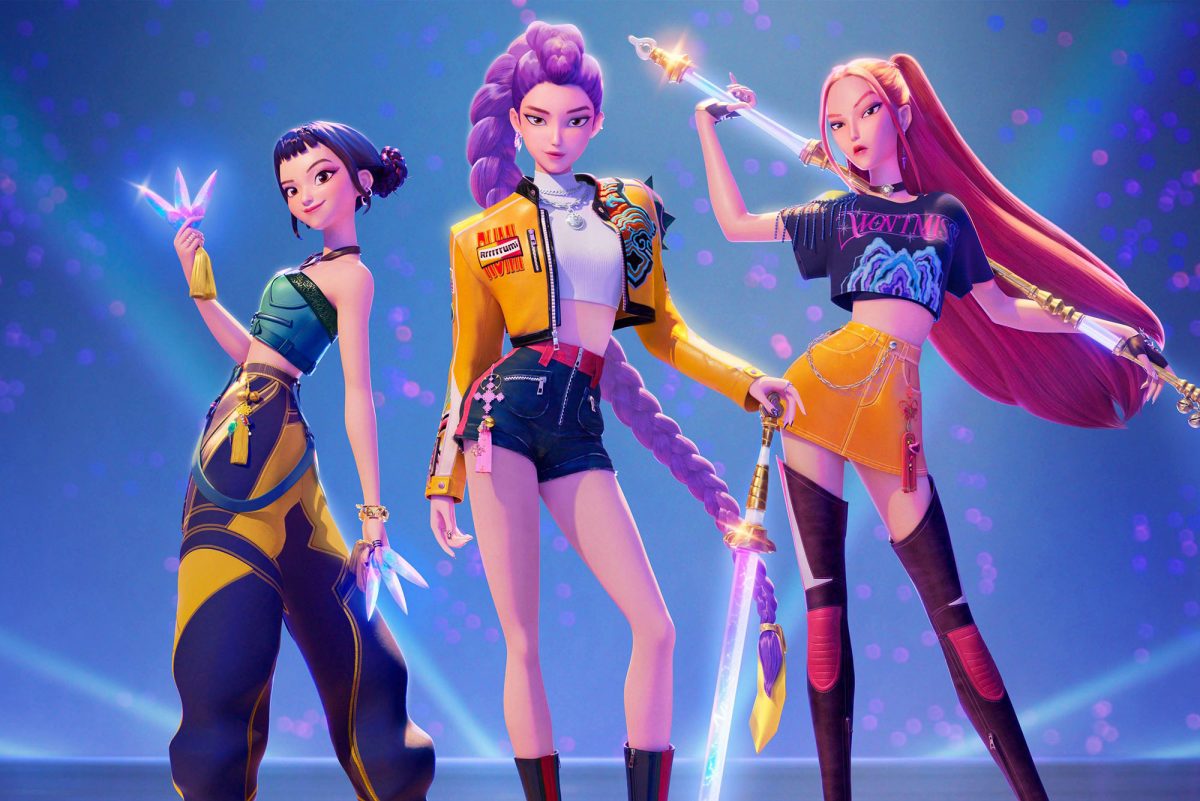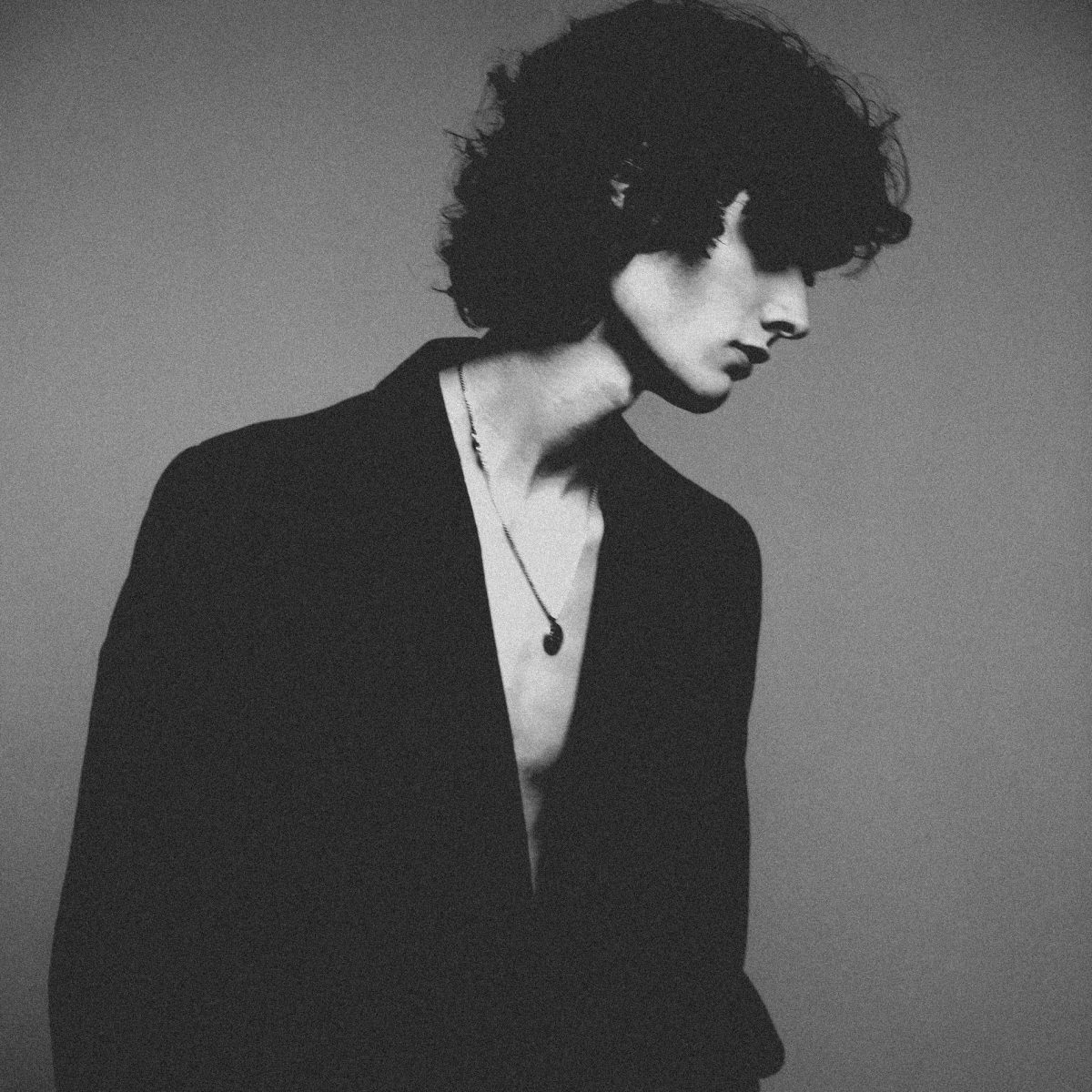This was previously published in our September 2025 issue.
Jeans are not usually associated with starting fights, but this summer, they became a root cause for an entire wave of social media controversy.
While Katseye’s GAP campaign had the internet up and dancing, Sydney Sweeney’s American Eagle advertisements had it debating the true meaning of “Great Jeans.” In a matter of weeks, two advertisements turned denim into a battleground of cultures, while redefining traditional beauty standards along the way.
Katseye, the global girl group celebrated for their diversity, truly embraced the moment- blending inclusivity and nostalgia into a high spirited, Y2K-inspired performance. Sweeney’s advertisement, by contrast, was widely criticized for the exact opposite, igniting debates over the outdated standard of beauty and the overall tone-deaf marketing behind the campaign.
To promote GAP’s denim products, Katseye performed an upbeat choreography to Keli’s “Milkshake”, donning the brand’s signature jeans in every shot. GAP CEO Richard Dickson called the campaign nothing less than “an actual cultural takeover”, and the numbers back him up. The dance routine sparked a viral trend, with fans attempting to recreate the choreography across numerous social media platforms. This song choice evoked nostalgia for viewers who grew up in the early 2000s, and ultimately the campaign had a five percent boost in sales.
The timing of Katseye’s campaign was almost cinematic. Just weeks after the debut of Sydney Sweeney’s “Great Jeans” ad, critics and social media users began analyzing and dissecting every element of the American Eagle post — from the representation of a blue-eyed, blond-haired actress to the usage of a pun in the tagline, “Sydney Sweeney has Great Jeans.” Sweeney’s ad fueled debates about overexposure and privilege, and the true meaning of “great jeans”. Many believed the true meaning came from the conventional American beauty standard and ideal genes. While people called it ignorant, others saw it as a harmless marketing strategy.
Sweeney’s ad fueled debates about overexposure and privilege, and how the “girl-next-door” persona was being overused in marketing campaigns. On the other hand, Katseye’s campaign was greeted with equal amounts of skepticism, raising the question of whether or not the push for representation was authentic or not
After Katseye’s ad was released, critics praised the skillful product incorporation, as well as the successful cultural representation. Through centering a multicultural girl group, GAP showcased a vision of a modern America which felt more relatable and inclusive for a younger, global audience.
The opposing views on social media further highlighted the cultural divide. Representation wise- the advertisements gathered fans based off of their respective idea of representation. While one campaign was primarily praised for its vibrancy, another campaign had inspired long threads about ideal beauty standards and the politics of fashion advertising. Together, these reactions reflected how anything can become a lens for cultural commentary.
While the summer of 2025 may not be remembered for the actual fashion advancements made, it truly came down to two brands, aesthetics, and two visions of American identity. These advertisements proved that culture is not only what we consume, but how we interact, respond, and react to what we see- including how we interpret even simple things such as a pair of jeans.


